Wreckreation sliter med å bygge en verden verdt å kjøre på
The arrival of Wreckreation was meant to mark the return of a style of arcade racing that many players had been missing. The game, developed by Three Fields Entertainment, openly reaches for the legacy of Burnout Paradise, a series its creators once helped shape. That inheritance carries weight, and the studio made no attempt to disguise the influence. The question facing the game now is not whether it captured the Burnout spirit—it is whether it built a new foundation sturdy enough to support its own identity.
Much of the early discussion surrounding the game drew from Luke Reilly’s review on IGN, which laid out the clearest contemporary account of Wreckreation’s problems and the intentions behind it. His assessment creates a useful window into why this homage, despite its sincerity, falters at nearly every turn.
From its opening minutes, Wreckreation aims to deliver the loose, immediate thrill of an arcade racer. The resemblance to Burnout Paradise is unmistakable: the familiar information ticker along the bottom of the screen, the cadence of takedowns, the open-world navigation. In a medium where inspiration often blends into re-interpretation, this game edges into something more direct—an almost one-to-one reconstruction. The challenge for Three Fields Entertainment was always going to be translating that energy with a much smaller team and budget. But the limitations of that scale show early. Framerate dips interrupt drifts, and a handling model built around brake-to-drift techniques resists rather than rewards player control. Once a car begins to slide, the lack of influence over angle and recovery becomes a constant drag on pace and rhythm.
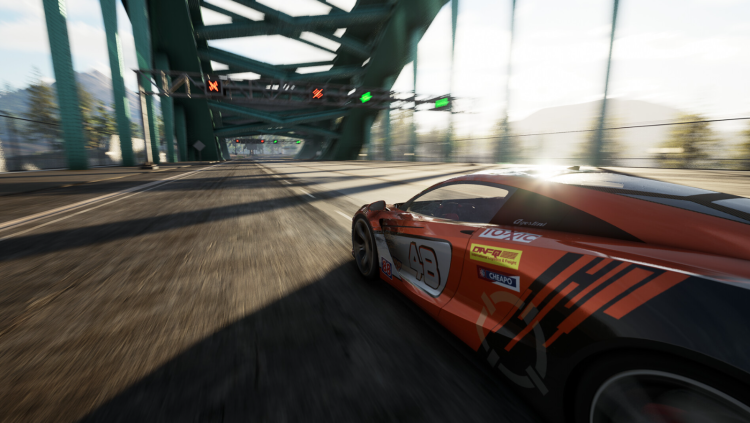
Those first few races establish the habits that follow. Cars halt abruptly under straight-line braking yet carry on unbothered if the brakes are hit during a drift, even with the throttle lifted. The unpredictability extends to patches of understeer that surface without a clear reason. The steering, dulled by a noticeable delay, lacks the crisp responsiveness that gives arcade racers their punch. Drivers can adapt to these quirks, but the adaptation never quite becomes acceptance. The handling works against the fantasy the game wants to create.
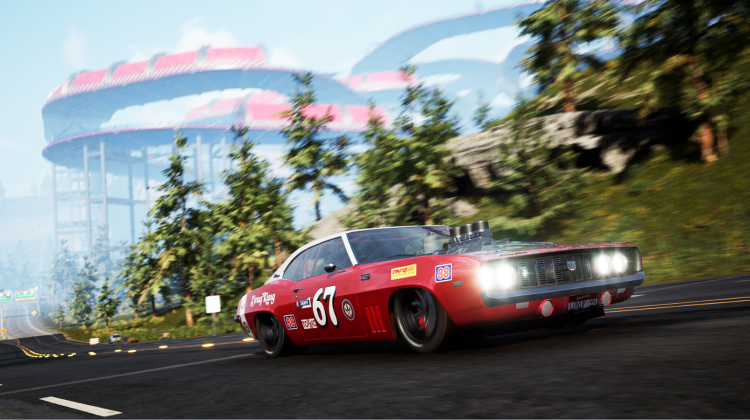
A bug in one of the earliest stunt challenges sets the tone for the kind of frustrations that permeate the experience. Loops that function normally in free roam instantly wreck the car in the scripted challenge, making the event unwinnable through its intended route. Switching to jumps solves the practical problem, but another flaw lies underneath. Points accumulated during a combo vanish entirely if the timer expires before the combo ends, no matter how far past the target the player has gone. Several minutes of work can evaporate, leaving the game to declare a failure where the scoreboard briefly suggested a triumph. It’s a small detail, but in these early moments, details matter.

Once past the introduction, the game moves into a familiar loop of open-world races, takedown challenges, time trials, and vehicle unlocks that mirror the structure of Burnout Paradise. The map is broad—about 450 square kilometers—but size works against it. The island is a wide square dotted with roads and very little else. Without cities, districts, or any sense of regional distinction, the world becomes a long sequence of interchangeable environments. Roads curl through forests, fields, and rocks that blur together after the first hour. The absence of landmarks erodes the pleasure of discovery, and without distinctive terrain, few routes stand out. Restarting races can trigger a glitch that wipes most of the HUD and locks the map, leaving a full game restart as the only remedy. It adds a layer of tedium to a world already too uniform.
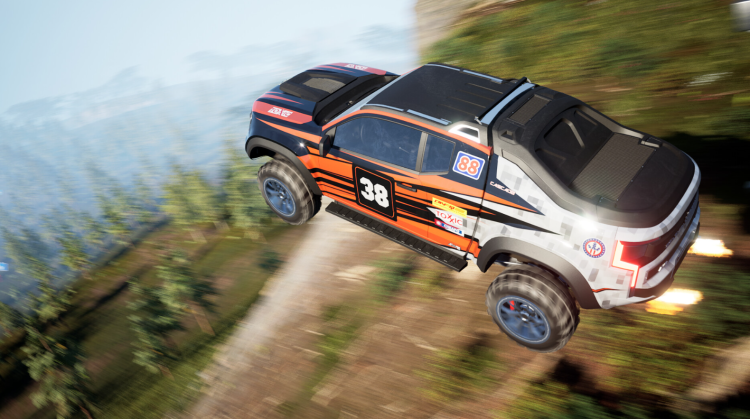
Races pit players against five opponents, a sparse field that affects the energy of each event. Strong rubberbanding compensates for the small grid, pulling rivals close enough to maintain pressure, but even then, the races rarely develop memorable moments. Takedown challenges fare worse. When the game launched, AI vehicles spawned too far ahead to reach within the short time limits, or on adjacent roads that players couldn’t access due to guardrails. A recent patch pushes opponents into view from behind, softening the problem, though the occasional unreachable spawn still occurs. Even with the changes, the structure of these events hinges on managing time rather than sustaining momentum, which blunts the essential chaos that made earlier inspirations so compelling.
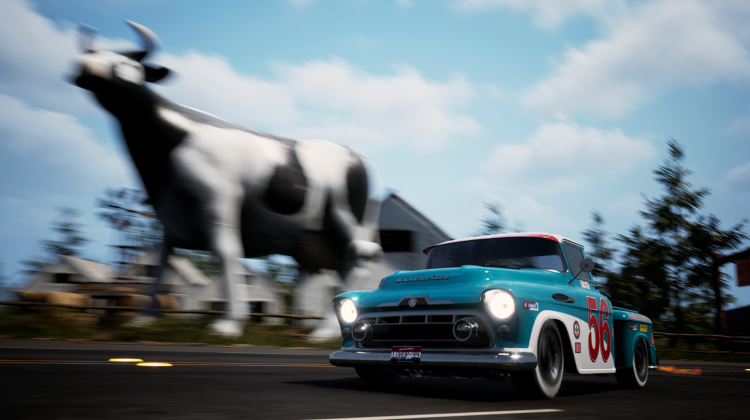
Other modes introduce additional complications. In events where players must avoid hitting specific penalty cars, the track becomes a narrow corridor of risk. Unintended collisions bring immediate time reductions, and those same vehicles don’t count toward takedown totals even if they crash in the process. Situations emerge in which two penalty cars accompany each group of opponents, reducing the viable targets to two and slowing the entire event to a crawl. Shutdown challenges, where players must wreck a special vehicle to claim it, add another layer of difficulty when the AI locks into a pace beyond the listed capabilities of the truck or car involved. Chasing a vehicle that maintains a speed well above its own specifications turns what should be a hunt into an exercise in attrition.
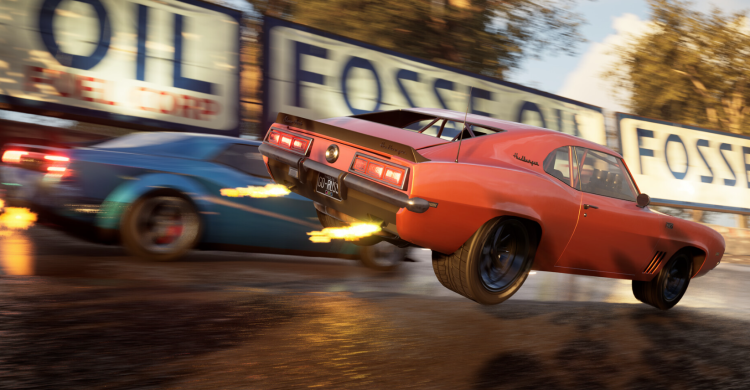
The game’s one clear departure from Burnout’s lineage comes through its Live Mix system, a set of tools for altering environments and building custom tracks. On paper, this is the feature that could have carried the game into its own territory. The system allows for naming vehicles, changing weather patterns, manipulating traffic density, and assembling large elevated tracks across the landscape. Many components are engineered thoughtfully: support structures auto-generate beneath hovering roads, scaffolding adjusts itself to prevent clipping conflicts, and pieces snap into place with a kind of brute mechanical logic. The tools show moments of promise. But the work rarely pays off in motion. Even ambitious constructions feel flat to drive on, lacking the nuance found in more advanced creation suites. A full crash while assembling a track segment undercuts the enthusiasm to experiment. When the surrounding world offers little incentive to explore, the desire to build within it declines, too.
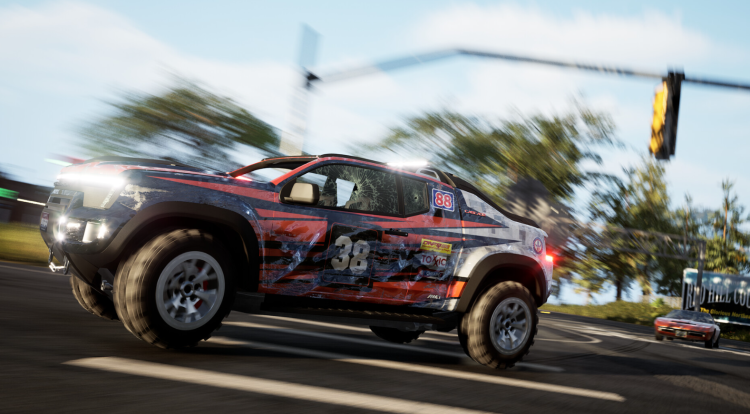
Collectables scattered throughout the world unlock additional track pieces, yet chasing them brings little satisfaction. Many sit in hard-to-reach corners of a landscape that already lacks personality. The reward structure struggles to justify the time investment. Objects placed in the environment pass through traffic without impact, breaking the illusion that these constructions share physical space with the rest of the map.
What emerges from the sum of these elements is a picture of a game that carries ambition but not cohesion. The team at Three Fields Entertainment set out to revive a style of racing that had largely gone quiet. Their experience with earlier titles in the genre gives the project a certain lineage, but lineage alone cannot support the weight of a modern open-world racer. Technical issues and systemic quirks accumulate. The wide map lacks intrigue. The event design repeats itself. A game built to celebrate speed spends too much time fighting its own systems.
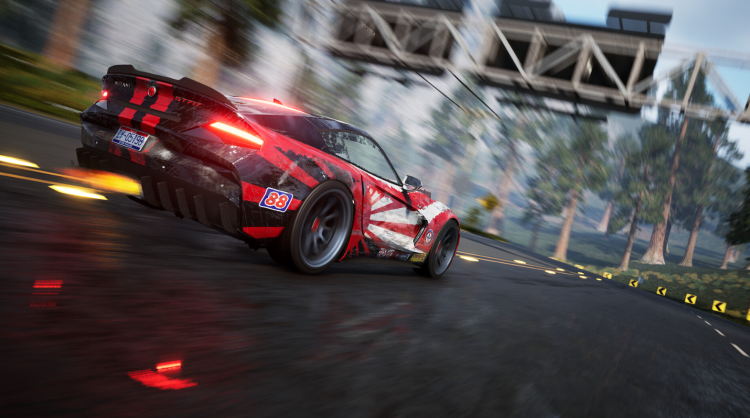
The absence of a strong identity is perhaps its most persistent limitation. Wreckreation is packed with familiar gestures, many of them pulled directly from Burnout’s playbook, but it rarely finds a perspective of its own. The crashes, when they land cleanly, bring short flashes of what the game wants to be—fast, aggressive, reckless in the best sense. Those flashes are brief. They fade into runs that end in abrupt halts, invisible wreck triggers, or the monotony of roads that loop through landscapes indistinguishable from one another.
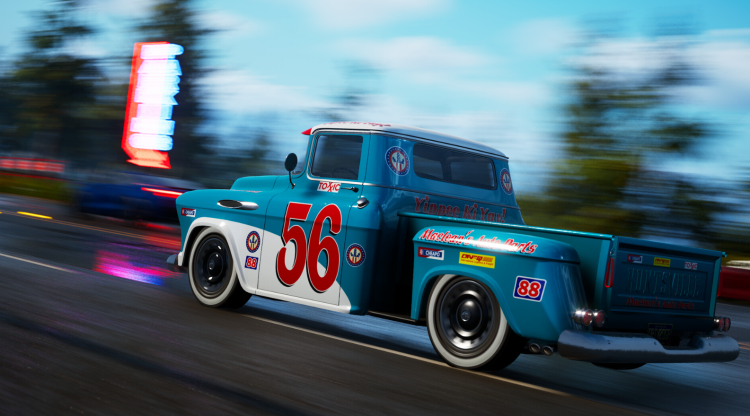
Given the groundwork laid by the studio’s earlier projects and the clear affection for the game’s influences, the result is disappointing more in rhythm than in concept. The team reached wide, perhaps too wide, and ended up with a racing world that looks expansive on paper but offers little to sustain a player’s curiosity. The open-world structure demands a certain richness—varied districts, shifting traffic patterns, a sense of scale informed by more than numbers. Without those anchors, the large map becomes a backdrop rather than a stage.
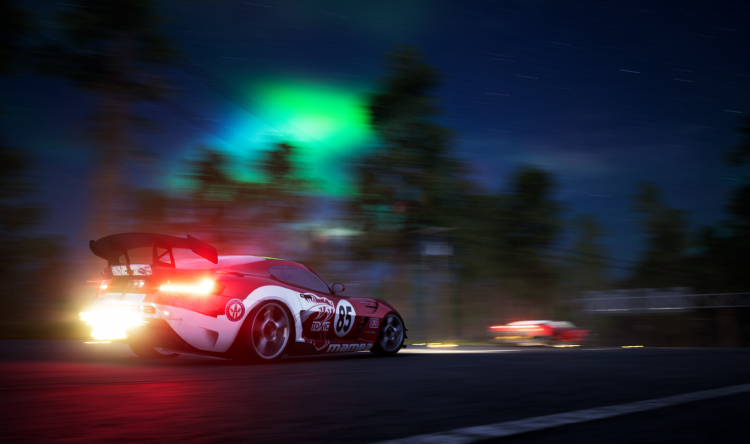
For players who have waited years for a return to the kind of high-speed urban mayhem that once defined this corner of the genre, Wreckreation offers glimpses rather than a full restoration. Its ambition is real and its foundation earnest, but both are strained by the technical and structural issues embedded throughout. Whether future patches can smooth the rough edges or rebalance the most restrictive event types remains to be seen. But the core issues—handling, world design, and a dependence on familiar templates—run deeper than a few updates can easily correct.
Wreckreation set out to revive a style of racing that shaped a generation of players. Instead, it highlights how difficult it is to bring that spirit back without the clarity, precision, and inventive spark that once defined the genre. The game stands as a reminder that homage alone cannot carry a racing world forward. The road ahead requires more than memory; it demands craft, focus, and an understanding that the thrill of speed depends on more than movement. It depends on the direction.
Wreckreation is available to play on PC (Steam) here.


11 % innskuddsbonus + FreeSpin
10 % EKSTRA INNSKUDDSBONUS + 2 GRATISSPINN PÅ HJUL
BESTE ODDS, gratis daglig sak, gratis regn, daglig, ukentlig og månedlig rakeback!

Registrer deg nå og få 1 GRATIS CASE
Gratis case og 100 % velkomstbonus
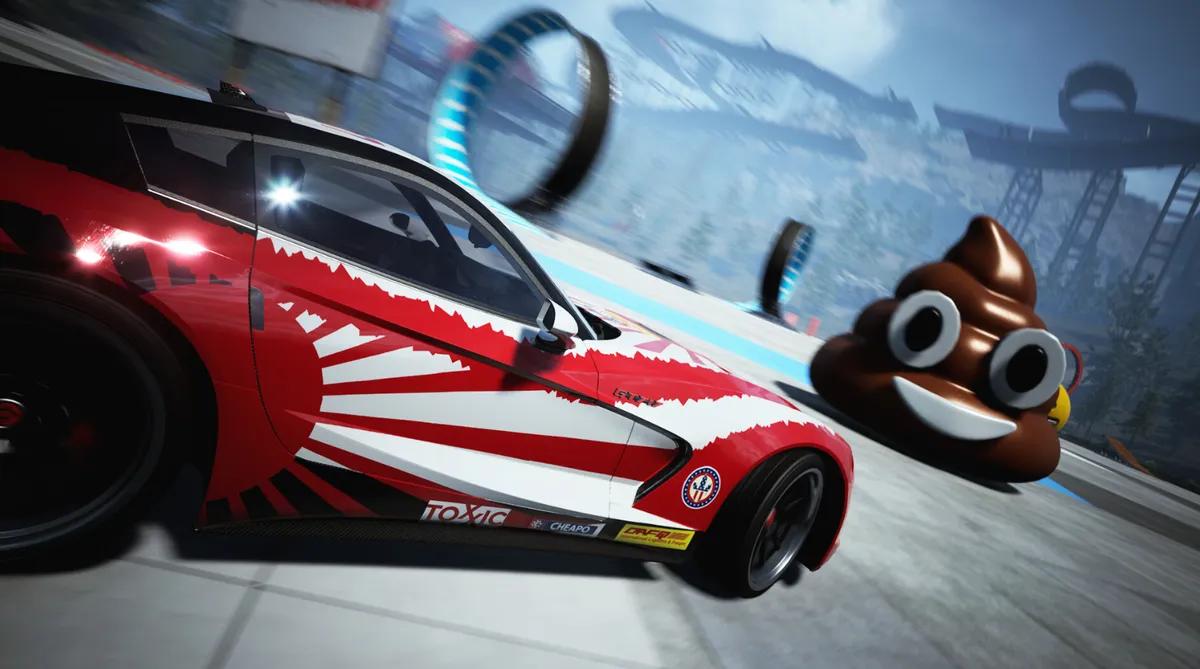


Kommentarer